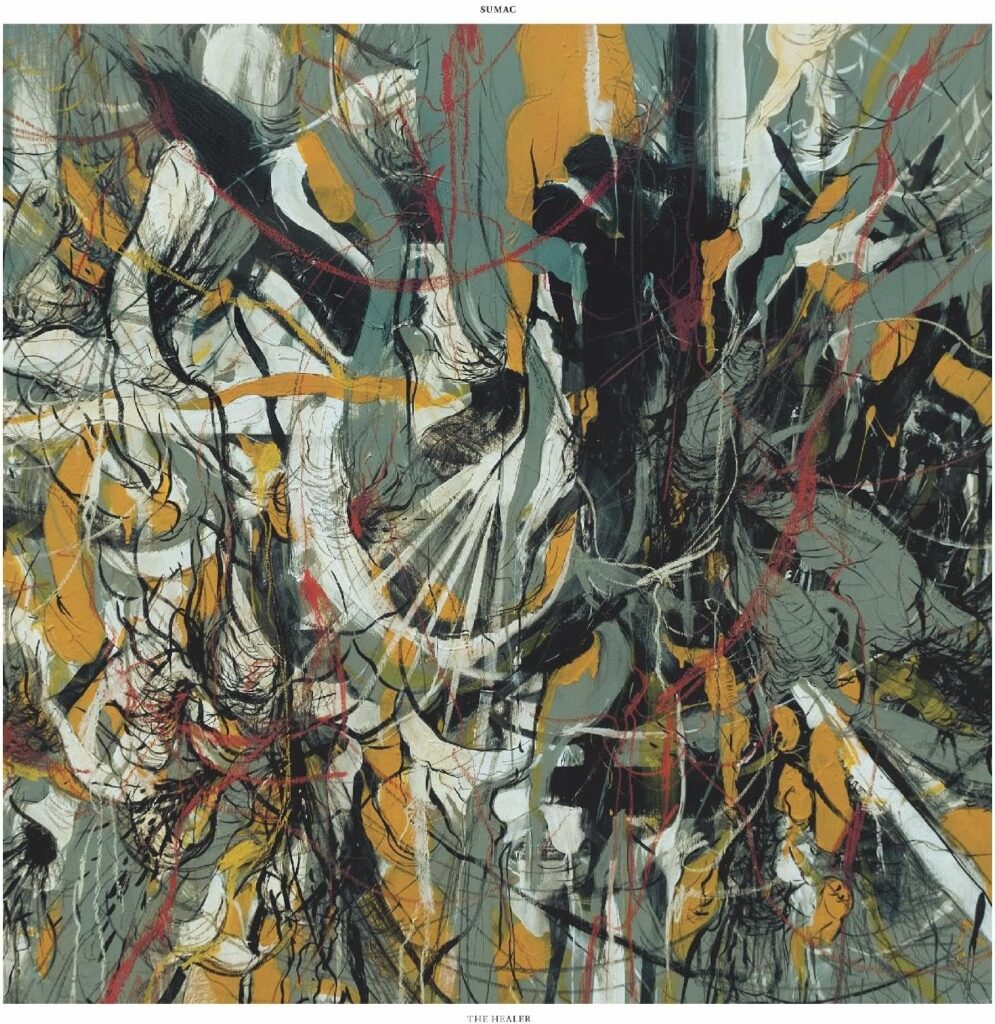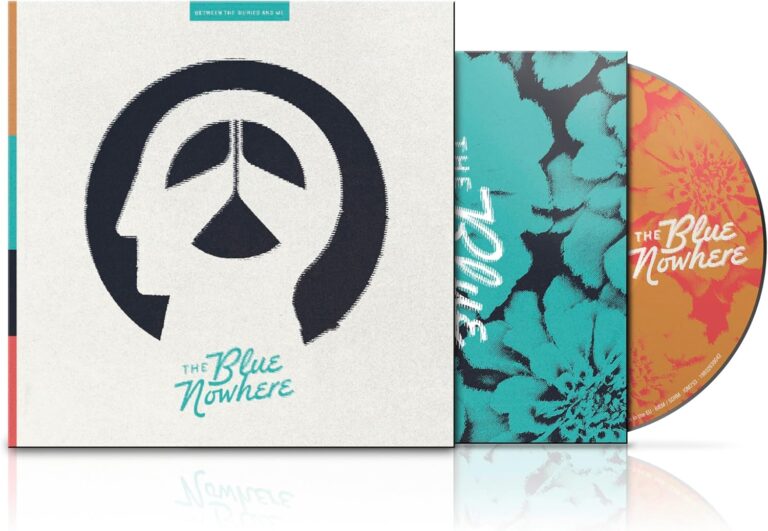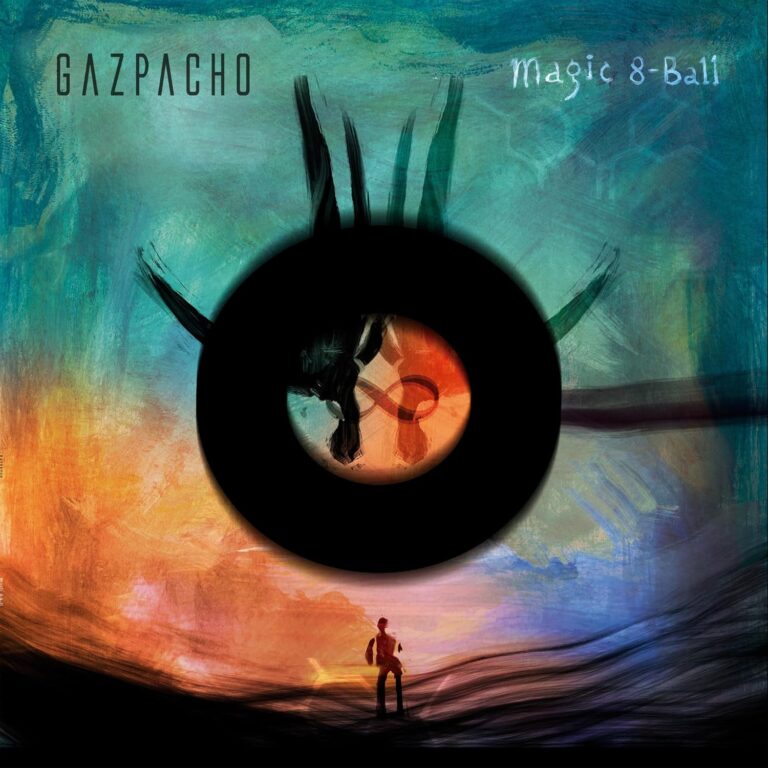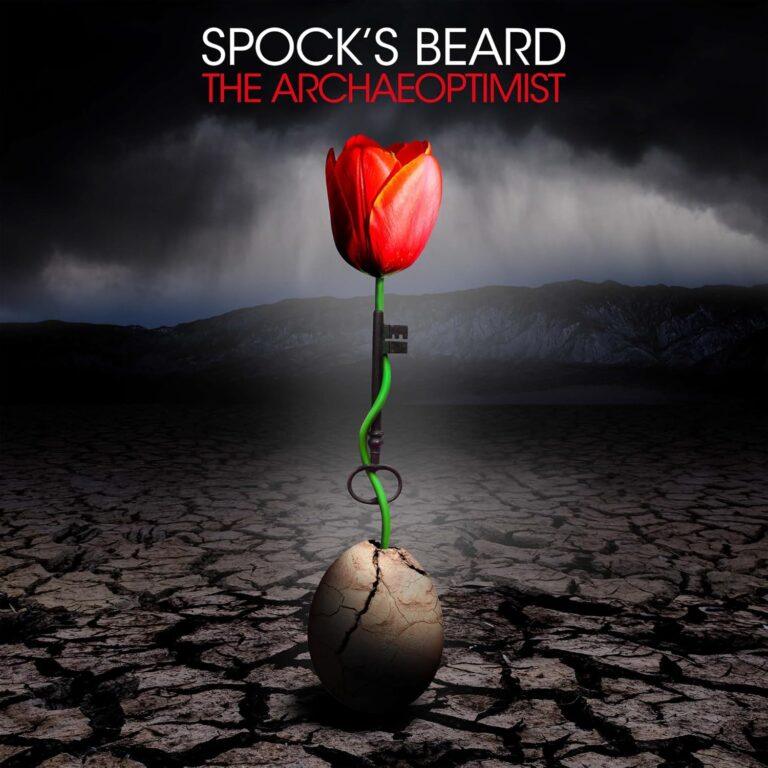
Featuring members (and ex-members) of Baptists, Russian Circles, These Arms Are Snakes, Botch, Old Man Gloom, and Isis, SUMAC can legitimately be described as a supergroup, although I imagine its members may be none too thrilled with the term, and the bloated egos it so often represents. Nonetheless, were you to put together a dream post-metal / sludge line up, Aaron Turner, Nick Yacyshyn, and Brian Cook would surely be high on the list of participants and so we come to SUMAC. Formed in 2014, the band have been surprisingly prolific, with Healer their fifth full-length album and, in keeping with post-metal traditions, it is a record that manages to achieve a near-seventy-minute runtime, despite only continuing four tracks.
The album opens with the half-hour opus, World Of Light, and straight away we’re into a world of tortured dynamics and coruscating sludge. Drawing influence from the likes of Khanate, the band build tension over six minutes of scraping bass, percussive noise, and feedback before, out of the gloom, a voice roars in the darkness. Barely human, it sounds as if Aaron is channelling his vocals from the earth’s molten core, while the band rage and burn around him. However, far from resolving the piece, the vocals offer a mere interlude before the band step sideways, into the howling ambient noise of Skullflower. It takes some time before the drums return, and when they do, it is to drive a funeral procession towards the latter stages of the piece, the band displaying a certain fluid grace, for all the heavily distorted ferocity of the guitars and, like Skullflower, there is even beauty to be found here, providing you stare long enough at the fractal patterns forming in the aether to discern it. Be warned though, for the devastating finale packs a visceral punch that will leave all but the most hardened noise fanatics gasping for air.
Relatively svelte at just fourteen minutes, Yellow Dawn takes delicate feedback and pairs it with a hypnotic pulse reminiscent of John Densmore, to deliver a gently rippling piece that has more in common with 5ive (who briefly counted a member of Isis among their ranks), although the piece takes on a darker, harder edge as it progresses. However, the band rarely stay in one place long enough to be pigeonholed, and just as the churning groove has you firmly in its clutches, Aaron unleashes a solo that pierces the gloom with ear-raping feedback. It’s a moment of demented inspiration, and it leaves you with your jaw on the floor.
With the album continuing to introduce you to new sonic realms, it’s hard to believe that the half-way point has already arrived. However, with SUMAC seemingly evolving in front of us, the atmosphere shifts again with the stuttering New Rites, which combines seismic weight with vestiges of melody and awkward timings that require a slide rule to fully appreciate. The result is an angular piece, riven with unconventional digressions, and requiring no small amount of effort on the part of the listener to fully appreciate. When it finally settles, it’s into an unholy groove that perfectly encapsulates the Botch / Isis mash up promised by the band’s line up, and it’s utterly brilliant, although (as you may have already intuited), it does not last, and the piece mutates once more, to conclude in a barren landscape, lit only by fires burning deep beneath the earth’s crust.
Final track, The Stone’s Turn provides this ever-changing album with a suitably epic conclusion. It begins in a manner reminiscent of Graham Coxon’s guitar as remixed by Thurston Moore, the chugging noise emulating an ancient lorry wheezing back to life. Over this cacophony, Aaron’s immense roar still manages to send shivers down the spine, and then it’s over to Nick, who displays even greater ingenuity behind his kit as amps overload in a shower of sparks. Once again, however, despite the near-overwhelming levels of noise, the band wield an immense sense of dynamic, with melodic moments emerging amidst the orchestrated chaos, to create an emotional and cathartic journey through the ruins of contemporary music. It’s a genuinely engaging trip, for those brave enough to undertake it, and it leaves you both drained and exhilarated when it finally crashes in upon itself, the band deconstructing all that has gone before to incorporate elements of avant-jazz, Glenn Branch, and the freeform noise excursions of Neil Young’s Weld.
The Healer is surely not for the faint of heart. Like the abstract art that adorns its cover, it is an album that takes at least as much as it gives, requiring the listener to adopt their own interpretation of the ever-evolving music found within. Exceptionally heavy, but with moments of sublime beauty nestled away at the most unexpected of junctures, The Healer is something of a post-metal masterpiece. 9/10




